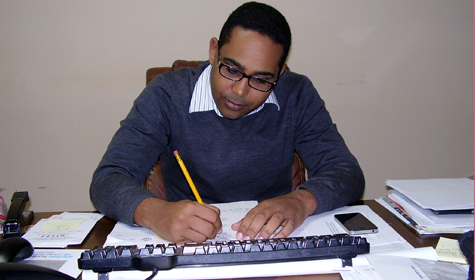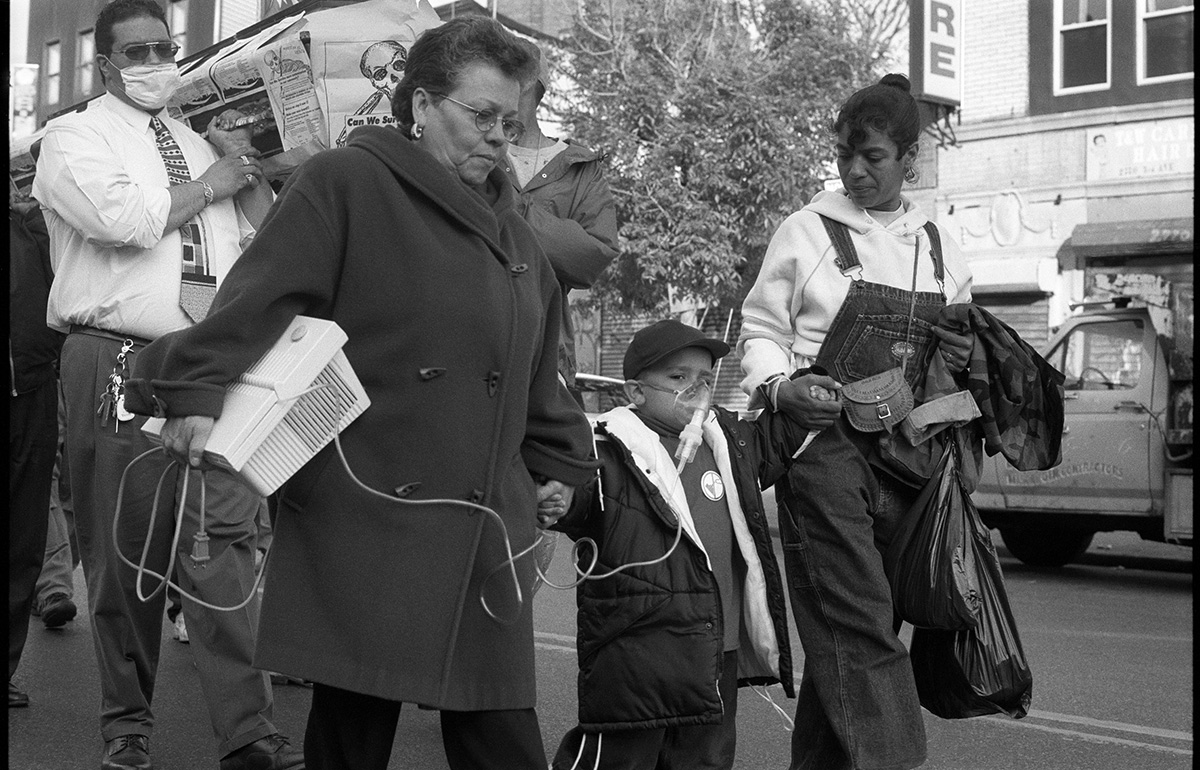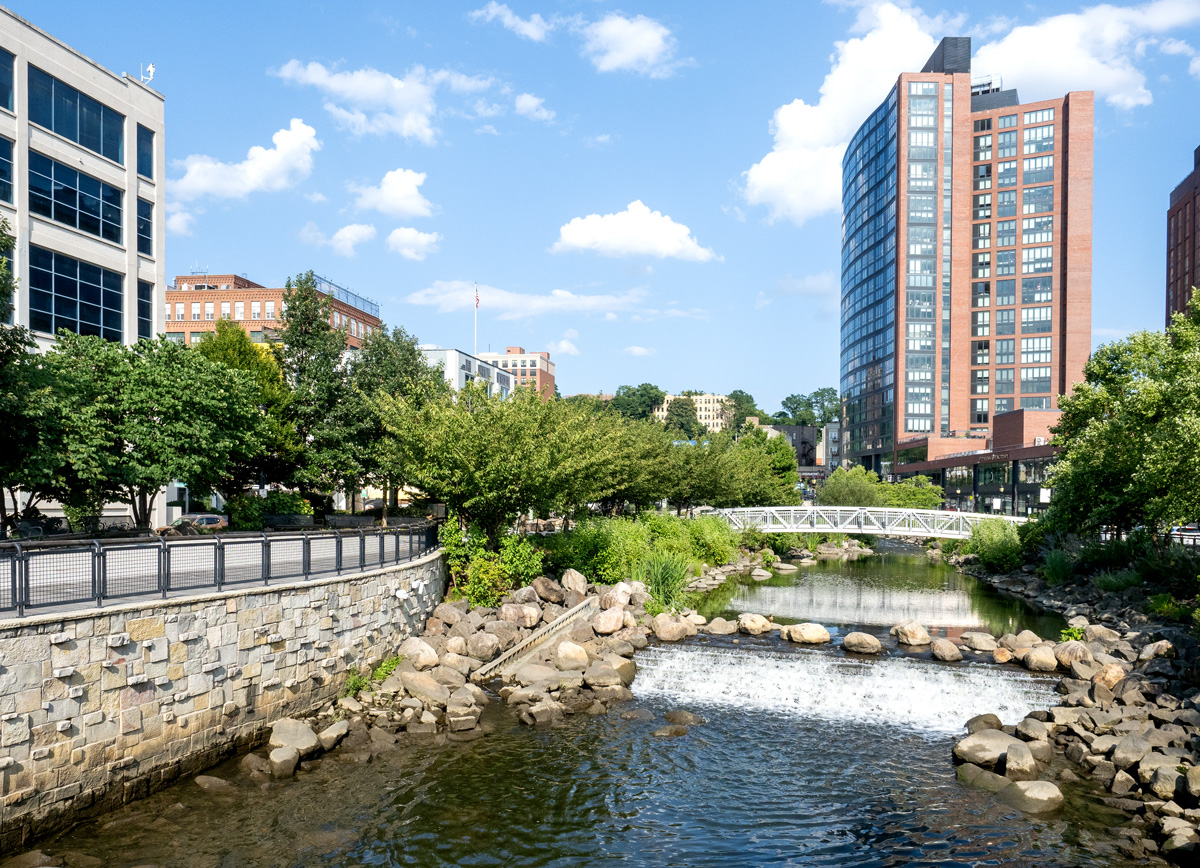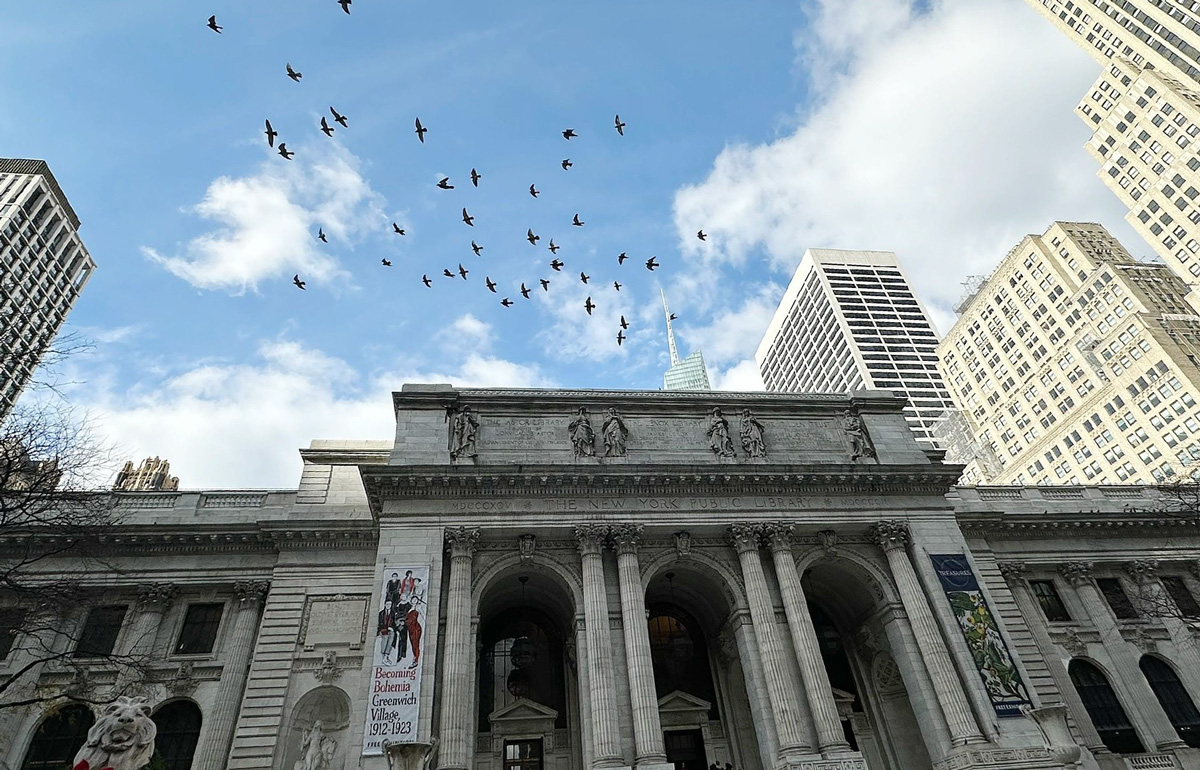Assemblyman Nelson Castro
By Lennin Reyes
Bronx Journal Staff
After World War II, Puerto Ricans began moving into The Bronx from Manhattan and Puerto Rico itself. The mass migration led to the election of Puerto Rican Felipe Neri Torres to the New York State Assembly in 1954.
In the ensuing decades, a similar trend has occurred with Dominicans as higher rents and less space have spurred many to move from Upper Manhattan to the Bronx. This population, combined with the many Dominicans who came straight from their native land, led to a demand for a Dominican voice in Bronx politics. In 2008 Nelson Castro was elected to the State Assembly, representing the University Heights and Tremont sections of the West Bronx in the 86th Assembly district.
Born in the Villa Juana section of Santo Domingo in 1972, Castro and his family migrated to the United States in 1983. After a brief stay in New York, they moved to Michigan, where Castro spent his teenage years. He attended Andrews University and received a degree in business administration. “It was there where I learned the motto, ‘Seek knowledge, affirm faith, change the world,'” Castro said.
That motto, he explains, inspired him as he entered politics in New York City. Settling in the Dominican enclave of Washington Heights in Upper Manhattan, Castro joined the Northern Manhattan Democrats for Change, where he worked as a chief of staff to Assemblyman Adriano Espaillat from 2000 to 2002. He also assisted in the campaign for fellow club member Miguel Martinez for City Council in 2001.
Like many Dominicans, Castro decided to move to The Bronx in 2006. After spending a year in the West Farms area, he moved to University Heights. Shortly after the move, Castro joined the group Bronx Dominicans United for Hilary in support of her presidential campaign. After she lost the Democratic primary in early 2008, the group supported Barack Obama. “I gained a lot of attention for participating in the group,” Castro said. “This propelled me to run against Hector Ramirez for male district leader in the 86th Assembly district.”
As he prepared to challenge Ramirez in the summer of 2008, his career took a sudden turn for the better when Assemblyman Luis Diaz announced he would vacate his position in order to take a job with then-Governor David Paterson. The Committee to Fill Vacancies and Bronx Democratic Party Chairman Jose Rivera interviewed several candidates, including Ramirez and Castro.
It seemed a tough win for Castro. “Not only did Ramirez have strong ties to the democratic organization, but he was district leader for nearly two decades,” said then-campaign coordinator Steve Santana, who now works with Castro. Despite Ramirez being a favorite, the committee picked Castro to run for the assemblyman position in the 2008 primary. “I was surprised that I won the nomination despite the odds stacked in Ramirez’s favor,” Castro said.
But before the September primary was held, Castro had to collect signatures to run for the seat. His petition would be challenged by Richard Soto, his opponent for the primary, in the Board of Elections court. Castro would win the challenge, along with the primary. After Soto challenged his win in the primary and the November election, Castro responded, “I beat you three times, what else do you want?”
After settling into his new role, Castro went right to work on some of the long-time issues affecting the 86th Assembly District, such as quality of life crimes like speeding and littering. “I worked with the Department of Transportation to install pedestrian islands and countdown clocks along the Grand Concourse,” he said. “We also helped re-time traffic lights along the Concourse and University Avenue to slow speedy drivers down.” He hoped that these measures reduce the amount of pedestrian deaths in his district, where 15 fatalities occurred between 1995 and 2009, most of them on the Grand Concourse and Fordham Road.
In addition, Castro secured funding to add trash cans and security cameras along 183rd Street. “In the future, we hope to be part of SafePath, a program where businesses are ‘safe areas’ for children who feel threatened,” the assemblyman said.
After his first term as Assemblyman, Castro faced a challenge in the 2010 primary from District Leader Hector Ramirez. The Bronx County Democratic Party was now under Carl Heastie (D-Northeast Bronx) and supported Ramirez due to Castro being elected under Jose Rivera. Once again, Castro overcame the odds and retained the seat with 53 percent of the votes. Shortly after, Castro moved his district office from a third floor suite in a Grand Concourse building to a more accessible storefront on Jerome Avenue.
For the next few years, Castro is focusing on job creation and connections with small businesses. “Many small businesses are often unaware of the services provided to them by the city,” he said. This is especially true in the 86th district, where a majority of the small businesses are owned by immigrant groups, such as West Africans, West Indians, Dominicans and Mexicans. “I propose to provide a directory where small businesses can reach them as well as surveying them to check on their progress, whether it be hiring numbers, employee incomes, or insurance.”

86th Assembly District
The 86th Assembly District covers the University Heights and Tremont sections of the western Bronx. The district is 69 percent Hispanic, most of which is Dominican. “There are 35,000 Dominicans in this district while the neighboring 77th, 78th, and 79th districts have 20,000 to 30,000 Dominicans apiece,” Castro said. He also added that, while Dominicans dominate the district, there are large numbers of African Americans, Puerto Ricans, West Africans, West Indians, Mexicans, and Central and South Americans. In order to reach out to these distinct groups, Assemblyman Castro organizes events to celebrate the contributions of each group.
After Castro was elected, Fernando Cabrera (who is half-Dominican, half-Puerto Rican) was elected to the City Council’s 14th District in 2009, followed by Castro’s former boss Adriano Espaillat jumping to the Washington Heights/Riverdale State Senate seat a year later. Castro hopes that the rapid growth of Dominicans in Bronx politics leads to something bigger — a Dominican in Congress. “It took 15 years for Bronx Puerto Ricans between electing their first politician and their first Congressman. I hope we follow the same path,” Castro said.
There is growing demand for the creation of a predominantly Dominican Congressional seat, covering Washington Heights in Manhattan, parts of the central and northwestern Bronx, and the Queens communities of Corona, College Point, Jackson Heights, and East Elmhurst.
While some are skeptical because the proposed district is too far flung, Assemblyman Castro and members of several Dominican interest groups feel that three groups of businesses — taxicab drivers, grocery store merchants, and barber shops — would bring the 66 percent Hispanic district together. “Barber shops that were once only located in Washington Heights now have shops in The Bronx, Yonkers, and Corona,” Castro said.
Being the first Bronx Dominican elected to a state seat, Castro is a political pioneer. “I hope that 20 years from now, the Dominicans who take their seats in politics are going to be stronger. However, they must not forget their roots, their language, and their bandera nacional.”








No comments